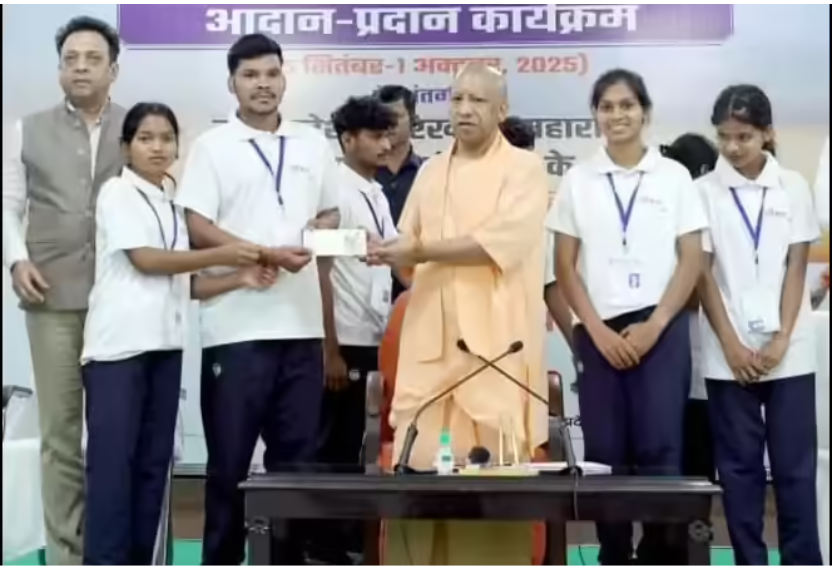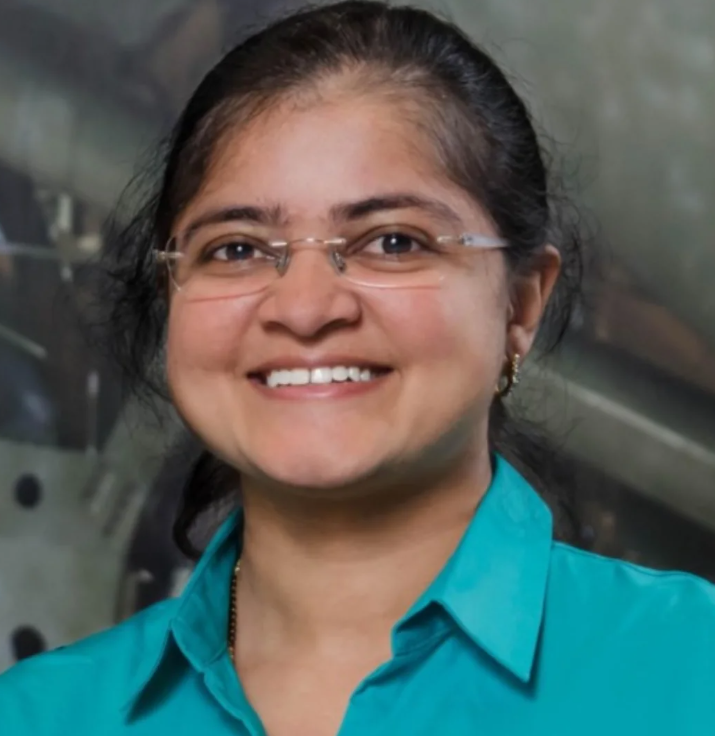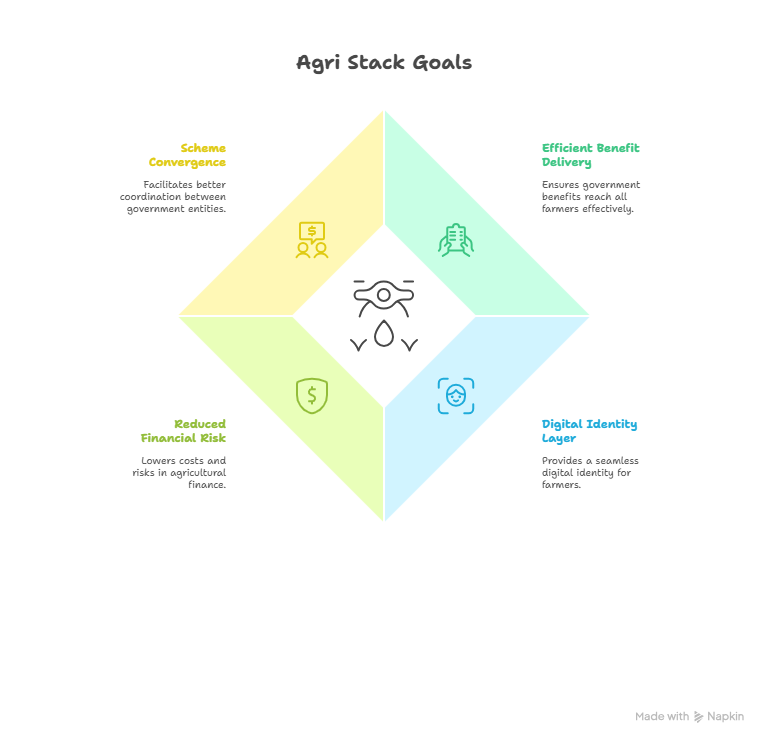Uttar Pradesh Switch to Hindi
UP Records Lower Crime Rate than National Average
Why in News?
According to the latest National Crime Records Bureau (NCRB) 2023 report, Uttar Pradesh performed better than the national average in terms of crime rate per lakh population, despite having a high absolute number of registered cases.
Key Findings
- National Average vs. UP Performance:
- India’s Overall Crime Rate: 448.3 per lakh population.
- Uttar Pradesh: 335.3 per lakh population (over 25% lower than the national average).
- Uttar Pradesh Specifics:
- UP, with a population of 24 crore, registered 7.93 lakh under the Indian Penal Code (IPC) and Special and Local Laws (SLL).
- The state ranked 11th among 28 states and 8 union territories in terms of crime rate.
- Comparison with Other States/UTs:
- Kerala: Highest crime rate, 1,631.2 per lakh.
- Delhi (UT): 1,602 per lakh population.
- Year-on-Year Comparison (2022 vs. 2023):
- India 2022: 258 per lakh.
- UP 2022: 171.6 per lakh (ranked 18th, with 4.01 lakh cases).
- Kerala topped in 2022 as well (661 per lakh).
- 2023 shows a significant rise nationwide and in UP, but UP remains below the national average.
National Crime Records Bureau (NCRB)
- NCRB was set up in 1986 to function as a repository of information on crime and criminals to assist the investigators in linking the crime to the perpetrators based on the recommendations of the Tandon Committee, National Police Commission (1977-1981) and the Ministry of Home Affairs (MHA) Taskforce (1985).
- It is part of the MHA and is headquartered in New Delhi.
- It also acts as a “national warehouse” for the fingerprint records of Indian and foreign criminals, and assists in locating interstate criminals through fingerprint search.
- The NCRB has four divisions: Crime and Criminal Tracking Network and Systems (CCTNS), Crime Statistics, Fingerprints, and Training.
- NCRB Publications:
- Crimes in India, Accidental Deaths and Suicides, Prison Statistics, and Reports on Missing Women and Children in India.
- These publications serve as principal reference points on crime statistics not only for police officers but also for criminologists, researchers, media and policymakers, not only in India but abroad as well.
Uttar Pradesh Switch to Hindi
17th Tribal Youth Exchange Programme
Why in News?
Chief Minister Yogi Adityanath addressed the 17th Tribal Youth Exchange Programme in Lucknow.
- The program, scheduled from 25th September to 1st October 2025, involves approximately 200 participants from Madhya Pradesh, Jharkhand, Maharashtra, Chhattisgarh, and Odisha.
Key Points
- About: The 17th Tribal Youth Exchange Programme is a week-long initiative aimed at integrating tribal youth into the national mainstream, providing them with exposure to India's diverse culture, history, and development.
- Objectives:
- Enhance Youth Aspirations: Provide youth from remote tribal areas in 12 districts across five states an opportunity to visit 24 diverse locations in India to understand the cultural, linguistic, and socio-economic diversity of the nation.
- Exposure to Development Opportunities: Introduce them to technological, industrial, and skill development advancements, as well as education and employment opportunities, while raising awareness about welfare schemes.
- Preserve Cultural Heritage: Sensitise tribal youth to their rich cultural traditions and encourage them to preserve and promote their heritage for future generations.
- Build Self-Esteem: Foster emotional bonds among tribal youth from different regions, enhancing their self-esteem and creating a sense of unity.
- Career Development: Provide interactions with key leaders, achievers, and experts, and offer career counselling, life skills training, and awareness of government schemes to support their personal and professional growth.
- Participants: A group of 40 tribal students from Kanker district, who were chosen from Naxal-affected villages, are also part of the 'Bharat Darshan' tour.
- These students will visit key cultural, historical, and educational sites in Lucknow and other locations.
- Organiser: Nehru Yuva Kendra Sangathan (NYKS) organises Tribal Youth Exchange Programme for the development of tribal youth with the support of the Ministry of Home Affairs, Govt. of India.
- The 'Bharat Darshan' tour is being organised by the Border Security Force (BSF) and Nehru Yuva Kendra Sangathan (NYKS) jointly.
National Current Affairs Switch to Hindi
Shirish Chandra Murmu Appointed RBI Deputy Governor
Why in News?
The Government of India has appointed Shirish Chandra Murmu as the new Deputy Governor of the Reserve Bank of India (RBI), effective 9th October 2025, succeeding M. Rajeshwar Rao.
Key Points
- About: Shirish Chandra Murmu, currently serving as the Executive Director at RBI, has been appointed to the post for a period of three years.
- He joined the RBI in 1991 and has held important positions such as Regional Director, as well as senior management roles in Banking Regulation, Currency Management, and Information Technology.
- Function: In his new role, he is expected to handle key portfolios, including banking regulation, financial markets, and monetary policy.
- Appointment: His appointment was approved by the Appointment Committee of the Cabinet (ACC).
- The Appointments Committee of the Cabinet (ACC), headed by the Prime Minister with the Minister of Home Affairs as a member, is responsible for making senior government appointments.
- Structure: According to the RBI Act of 1934, the central bank is required to have four deputy governors: two from within RBI, one from the commercial banking sector, and one economist to head the monetary policy department.
- The current deputy governors, in addition to Shirish Chandra Murmu, include T. Rabi Sankar, Swaminathan J, and Poonam Gupta.
Madhya Pradesh Switch to Hindi
RTE Fee Reimbursement Transferred by CM
Why in News?
Chief Minister Dr Mohan Yadav transferred ₹489 crore in a single click to 20,652 private schools as fee reimbursement for 8.45 lakh students admitted under the Right to Education (RTE) Act, 2009.
- From the next academic session, RTE students in private schools will also receive free textbooks and school bags.
- The state has set up the Sandipani School and continues other welfare measures like free bicycles, uniforms, textbooks, scooties for toppers, and laptops for students scoring 75% and above.
Key Provisions of RTE Act, 2009
- Right to Free and Compulsory Elementary Education: Children aged 6-14 years are entitled to free, compulsory education in local schools, with enrollment in an age-appropriate class for those above 6 not in school.
- Aided schools must also offer education for free, proportionate to their funding, but not less than 25%.
- Elementary education is free until completion, and no child can be held back, expelled, or required to pass a board exam before finishing elementary education.
- Curriculum and Recognition: An academic authority designated by the central or state government must develop the curriculum and evaluation procedure for elementary education.
- All schools are required to adhere to pupil-teacher ratio norms and meet prescribed standards before establishment or recognition
- Teacher qualification is to be ensured by the Teacher Eligibility Test (TET) conducted by the appropriate government.
- Responsibilities of Schools and Teachers: Teachers are forbidden from giving private tuition or performing non-teaching tasks, except for census, disaster relief, and election duties.
- Schools must establish School Management Committees (SMCs) consisting of local authority representatives, parents, guardians, and teachers to oversee the school's use of government funds and create a school development plan.
- Grievance Redressal: The National Commission for the Protection of Child Rights reviews safeguards and investigates complaints, with powers akin to a civil court; the state government may also establish a State Commission for similar functions.
Madhya Pradesh Switch to Hindi
Palomar Observatory Gets 1st Woman Head
Why in News?
Prof. Mansi Manoj Kasliwal has made history by becoming the first woman and second Person of Indian Origin (PIO) to be appointed as the new director of Palomar Observatory, following Shrinivas Kulkarni, who was the first PIO to lead the observatory from 2006 to 2018.
Key Points
- About: Born in Indore, India, she moved to the United States at the age of 15. She earned her Bachelor’s degree from Cornell University in 2005 and completed her PhD in Astronomy at Caltech in 2011. After a postdoctoral stint at Carnegie Observatories, she returned to Caltech, where she is now a tenured professor.
- Recognition: Prof. Kasliwal, a professor of astronomy at Caltech, is internationally recognised for her pioneering work on explosive cosmic events such as supernovae and neutron star collisions. She received the New Horizons in Physics Prize in 2022 for her leadership in electromagnetic follow-ups of cosmic phenomena.
- Key Contributions and Achievements:
- GROWTH Project: Leads the Global Relay of Observatories Watching Transients Happen (GROWTH), a global network of telescopes capturing transient cosmic events.
- Palomar Transient Factory & Zwicky Transient Facility: Played a key role in the design of both facilities, uncovering thousands of supernovae and other astronomical phenomena.
- Multi-Messenger Astronomy: Contributed significantly to follow-up observations of gravitational waves detected by the Laser Interferometer Gravitational-Wave Observatory.
Palomar Observatory
- Location and Ownership: Palomar Observatory, situated on Palomar Mountain in north San Diego County, California, is an astronomical research centre owned and operated by Caltech.
- Research Telescopes: The Observatory houses three active research telescopes: the 200-inch Hale Telescope, the 48-inch Samuel Oschin Telescope, and the 60-inch telescope, serving a diverse community of astronomers from Caltech and partner institutions.
- Historical and Ongoing Contribution: Established nearly a century ago, Palomar Observatory has been a leader in astronomical research, operating nightly for scientific advancement, instrument development, and student training.
Uttar Pradesh Switch to Hindi
UP to Achieve Full Agri-Stack Registration
Why in News?
The Uttar Pradesh government has instructed district magistrates to ensure 100% farmer registration under the Agri-Stack scheme, along with the completion of the Digital Crop Survey (DCS) and the farmer registry.
Key Points
- About: Agri Stack is a government-led digital foundation designed to bring together all stakeholders in the agriculture sector, improve outcomes for farmers, and enable new services through data-driven solutions.
- Implementation: The initiative launched by the Ministry of Agriculture and Farmers Welfare is built on the India Enterprise Architecture (InDEA) 2.0 framework developed by the Ministry of Electronics and Information Technology.
- Agri Stack follows an open, federated model with State Governments at the centre of the design, ensuring inclusivity and collective participation in the sector’s digital evolution.
- Components:
- Farmer and Farmland Plot Registries: A centralised database for farmers, linked to their farmland plot records for planning, advisory, and scheme delivery, with a unique FarmerID based on Aadhaar.
- Unified Farmer Service Interface (UFSI): A system for seamless data exchange across stakeholders in the Agri Stack, enabling easy access for government, banks, agri-tech companies, and private users.
- Crop Sown Registry: A registry for more accurate and efficient crop data collection using advanced technology (smartphone, drone, satellite), which aids in better crop production estimates by the government.

.gif)

.png)
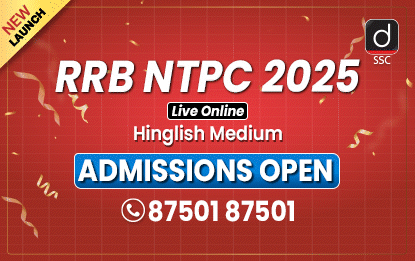




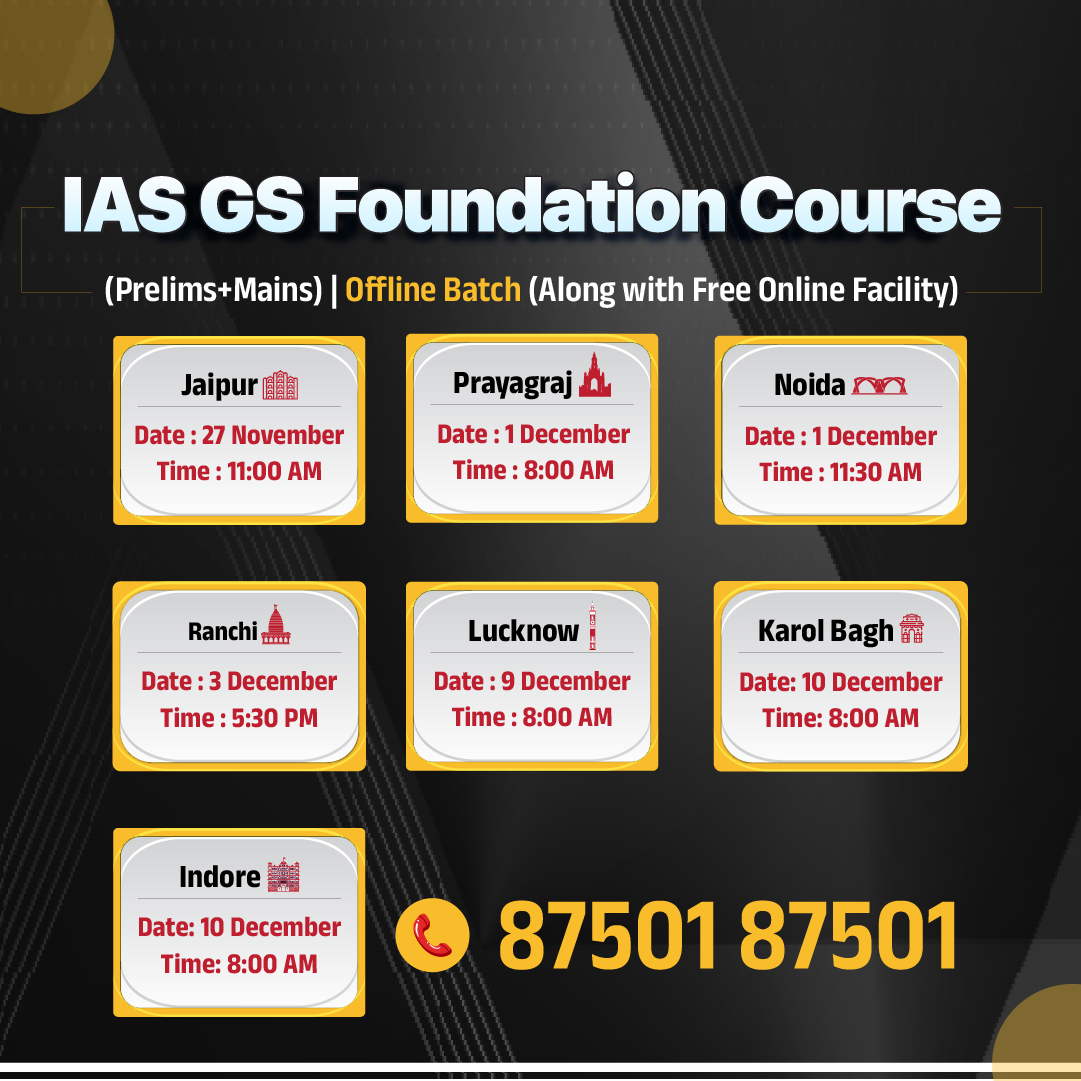





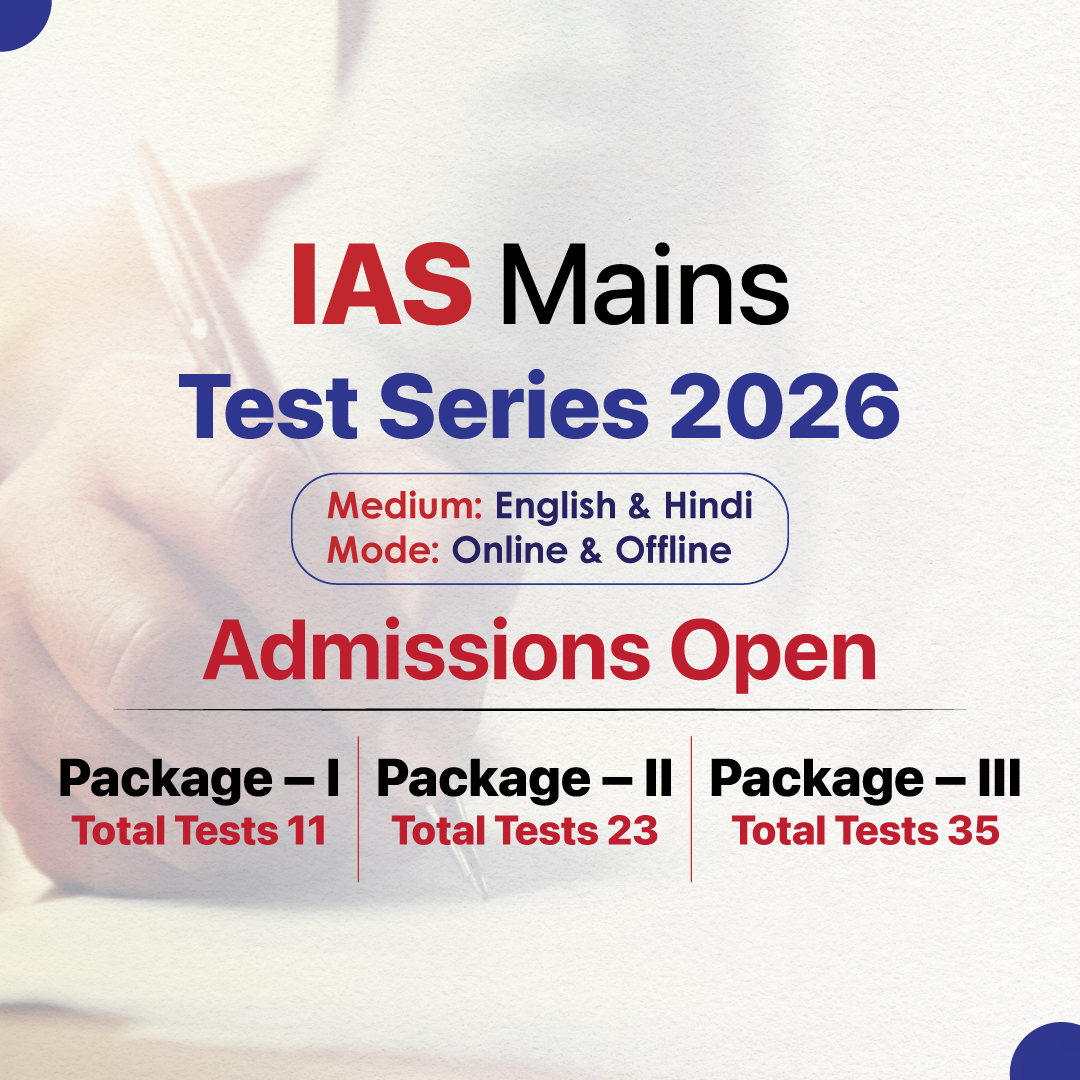

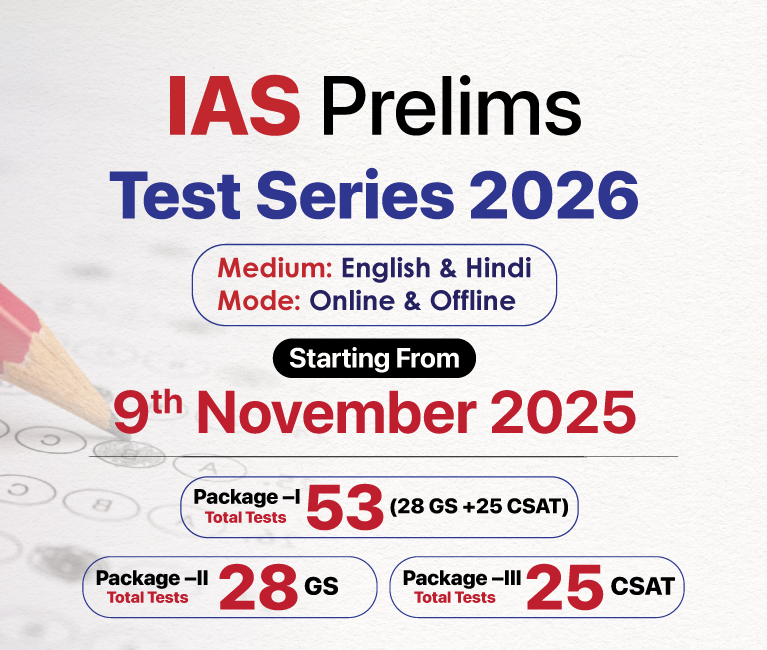

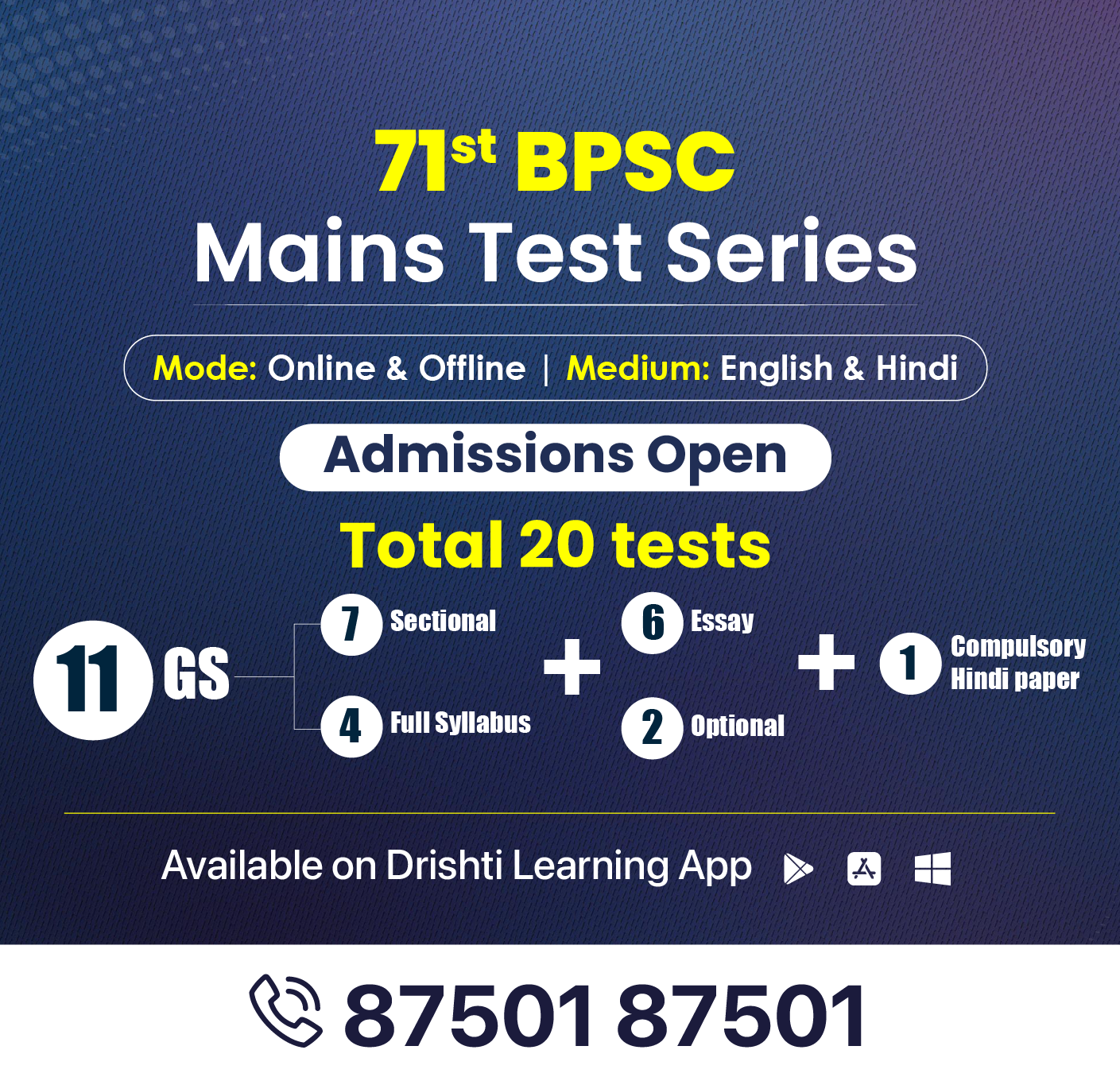
.png)
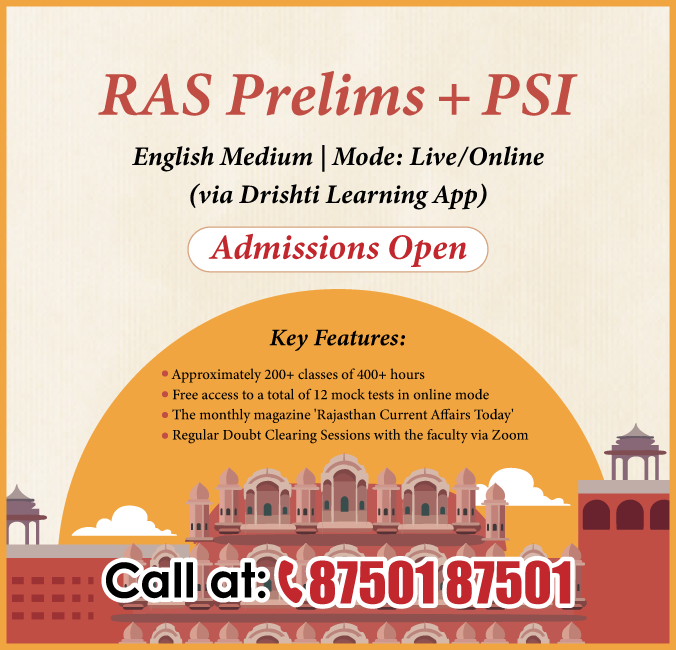

.jpg)

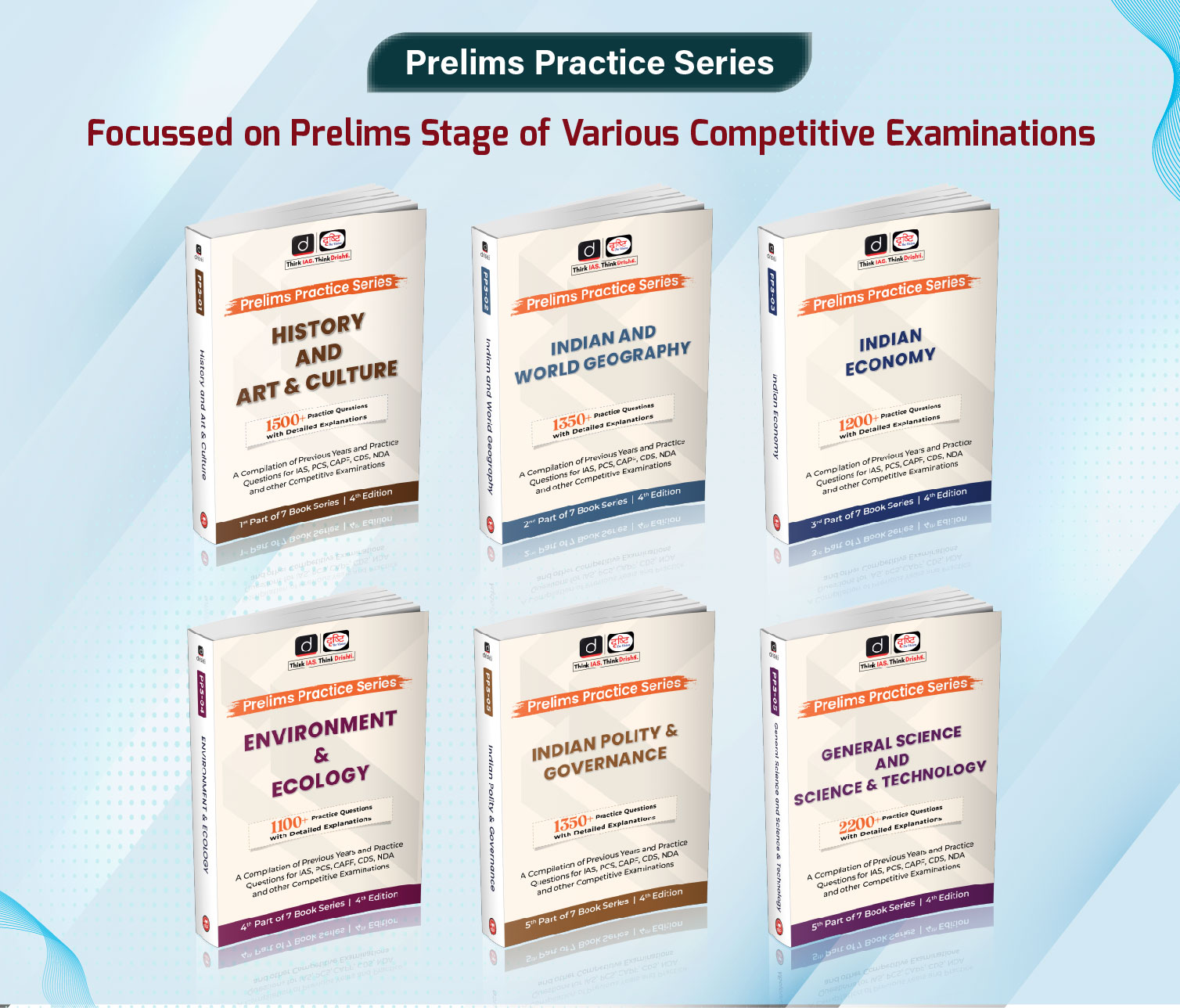

 PCS Parikshan
PCS Parikshan